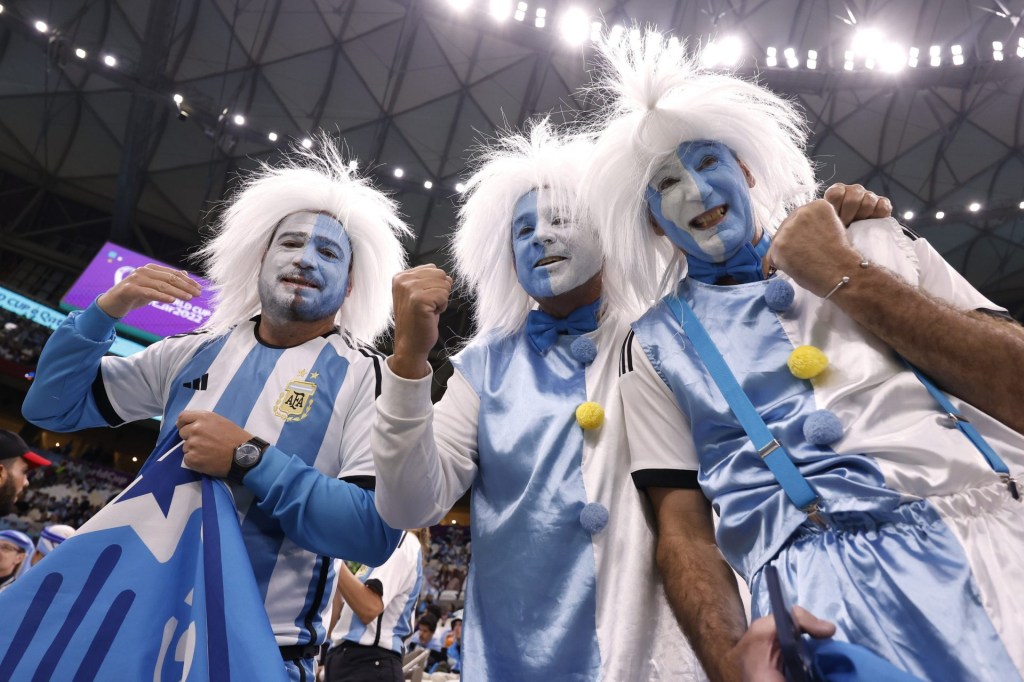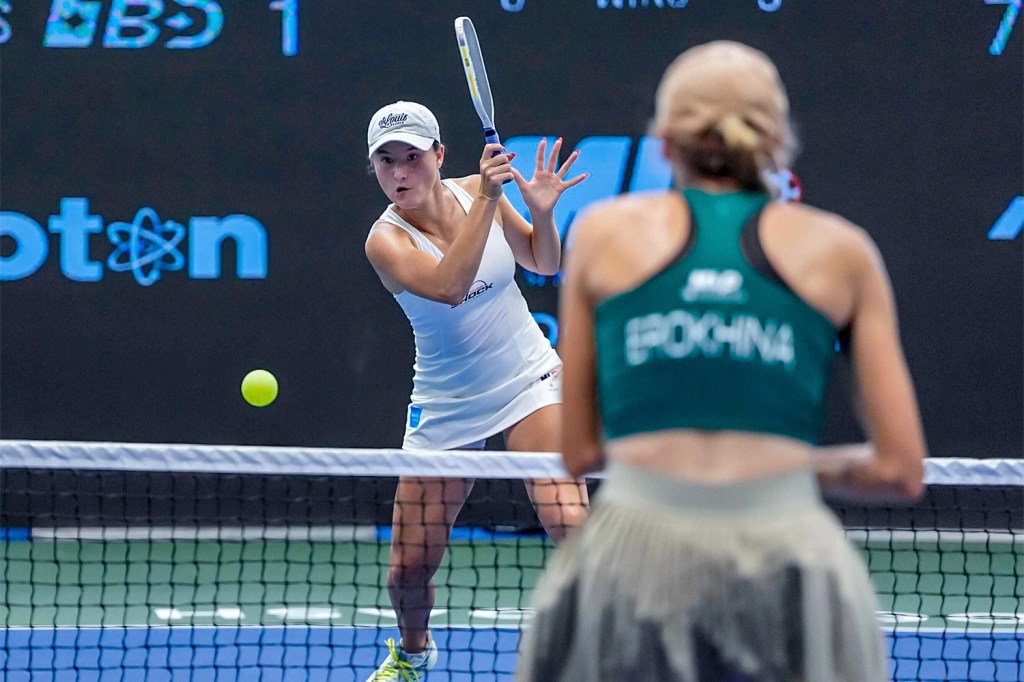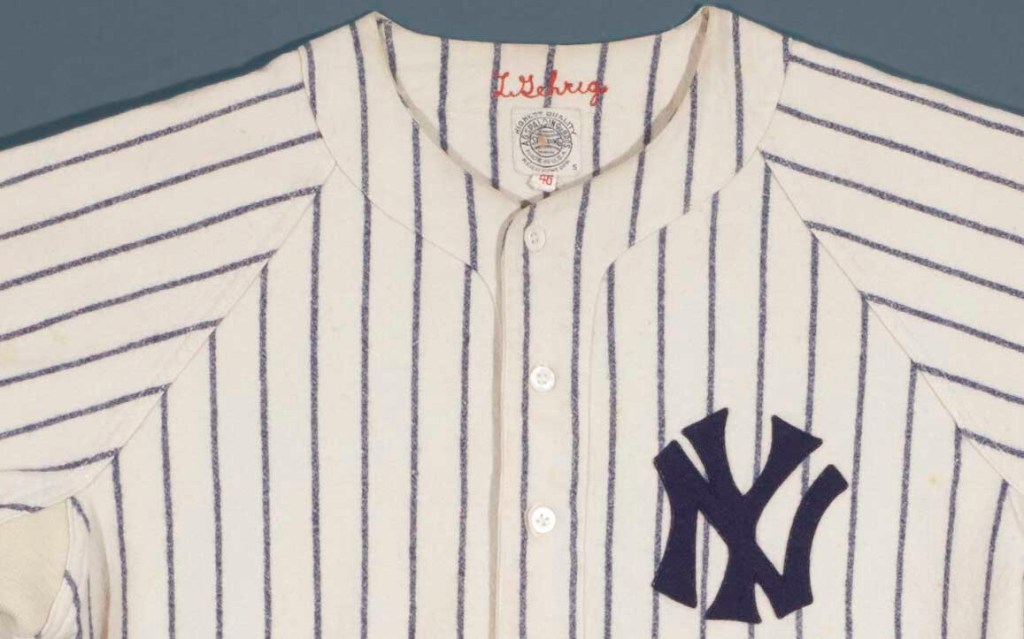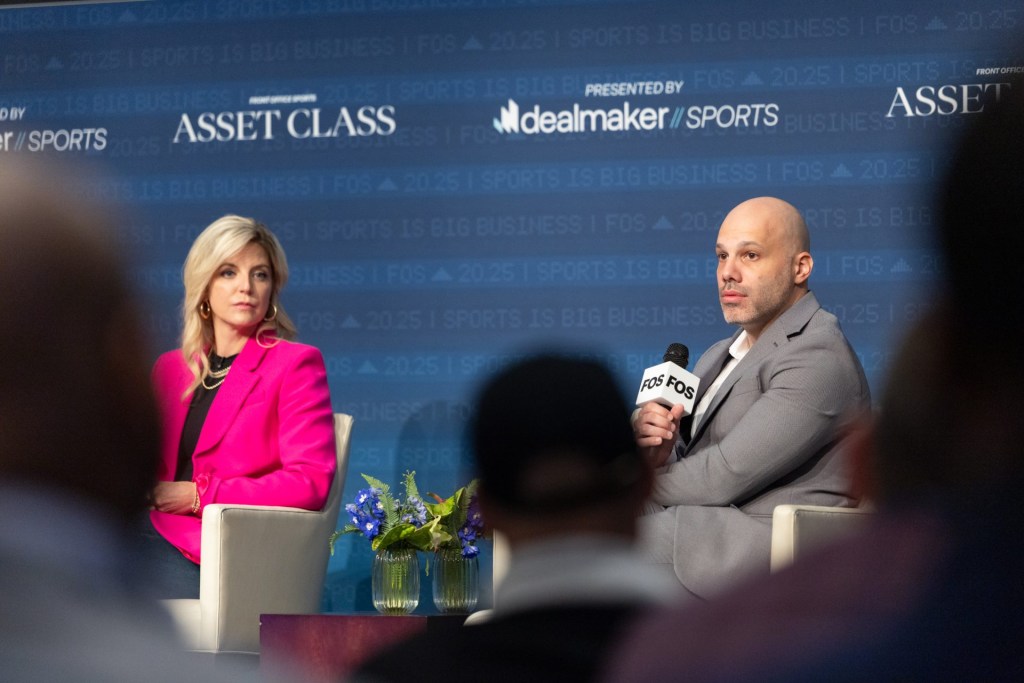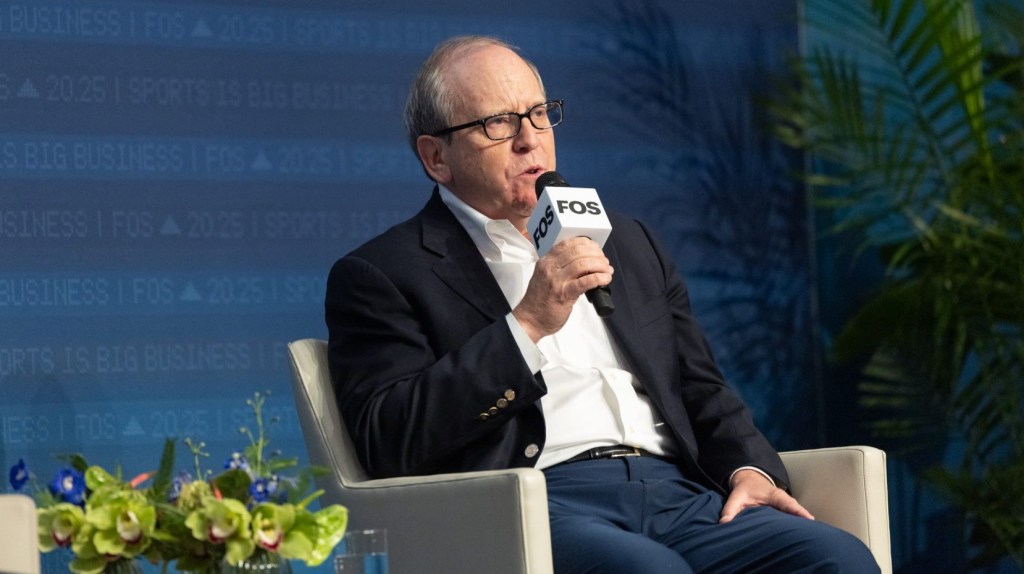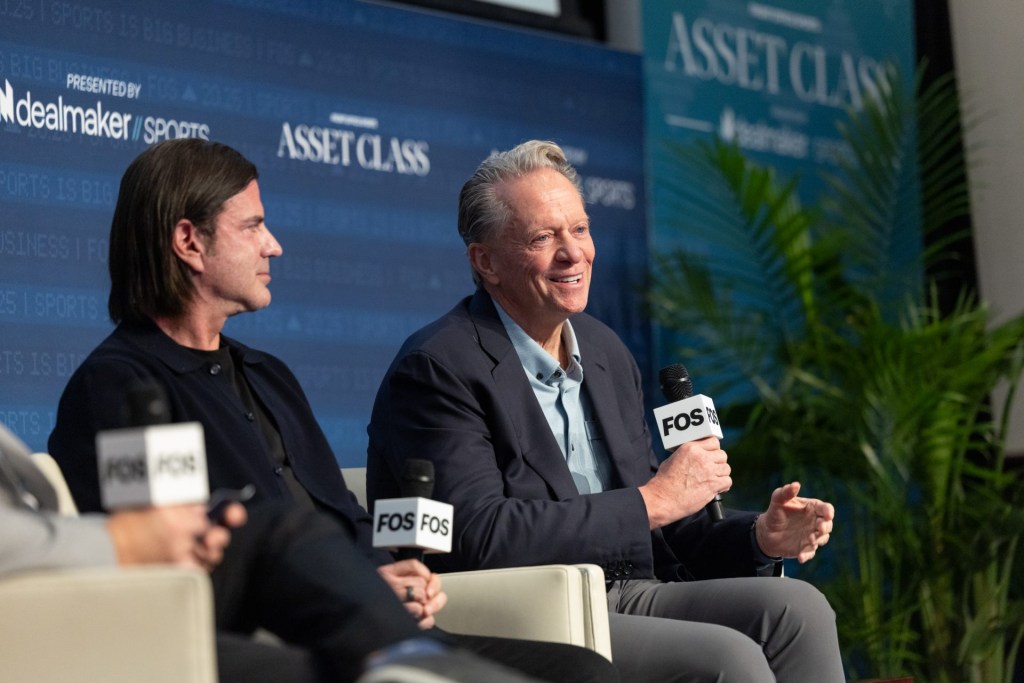The rise of women’s sports as a smart investment mirrors the way men’s sports became big business, according to Carolyn Tisch Blodgett, governor and lead owner of the NWSL’s Gotham FC.
Tisch Blodgett, who also serves as a strategic advisor to the New York Giants—her family has owned half the team since 1991—knows firsthand how investments in men’s sports haven’t always been viewed as the surefire moneymaker they are now. Her grandfather was lambasted when he paid $75 million for a 50% stake in the Giants, she told Front Office Sports on the latest episode of Portfolio Players.
“People laughed him out of town,” she said. “If you go back and read the newspapers from then, people were like, ‘You wrote a $75 million check for a hobby?’ It was a hobby, no one thought about it as an investment.”
Today, the Giants have a Forbes valuation of $7.3 billion, the fourth highest in the NFL.
Women’s sports franchise values are on a similar upward trajectory. Angel City FC paid a $2 million expansion fee to join the NWSL in 2020; four years later, Disney CEO Bob Iger and his wife, Willow Bay, purchased the team at a $250 million valuation, the highest in league history. That was more than double the previous record, the $120 million sale of the San Diego Wave in March of last year.
When Tisch Blodgett’s venture capital firm, Next 3, was first looking into women’s soccer in late 2022, the sport “wasn’t of the moment,” she said.
“If you were a women’s soccer fan at the time, you were watching it on Lifetime, which is… not typically where one goes to find your casual sports entertainment product,” she said.
Today, NWSL games are available on CBS Sports, ESPN, Amazon Prime Video, and Scripps Sports as part of a $240 million media rights deal.
It’s not just the NWSL. Other women’s soccer leagues have recently sprouted, including the USL Super League and WPSL Pro, the latter of which is planning to launch next year with at least 15 teams that are each paying $1 million franchise fees. The WNBA has skyrocketed in popularity, which is expected to lead to ballooning franchise values.
Investing in women’s sports—much like watching women’s sports—has caught up with the men’s side. Female athletes like Caitlin Clark and Angel Reese are just as well-known as male counterparts. The proof is in the data. Deloitte said in March that global revenues in “women’s elite sports”—which includes the NWSL, WNBA, LPGA and more—should reach at least $2.35 billion this year alone. That comes after the figures last year surpassed expectations, with $1.88 billion in global revenues, up from an original $1.28 billion projection.
The big brands rushing in to spend sponsorship dollars in women’s sports have also changed the way they talk about spending money in women’s sports. “It always had a little hint of, ‘Oh and it’s good for the community, oh if you have a daughter, you’ll show up,’” Tisch Blodgett said. “You just don’t hear that from brands anymore. It is a business.”


